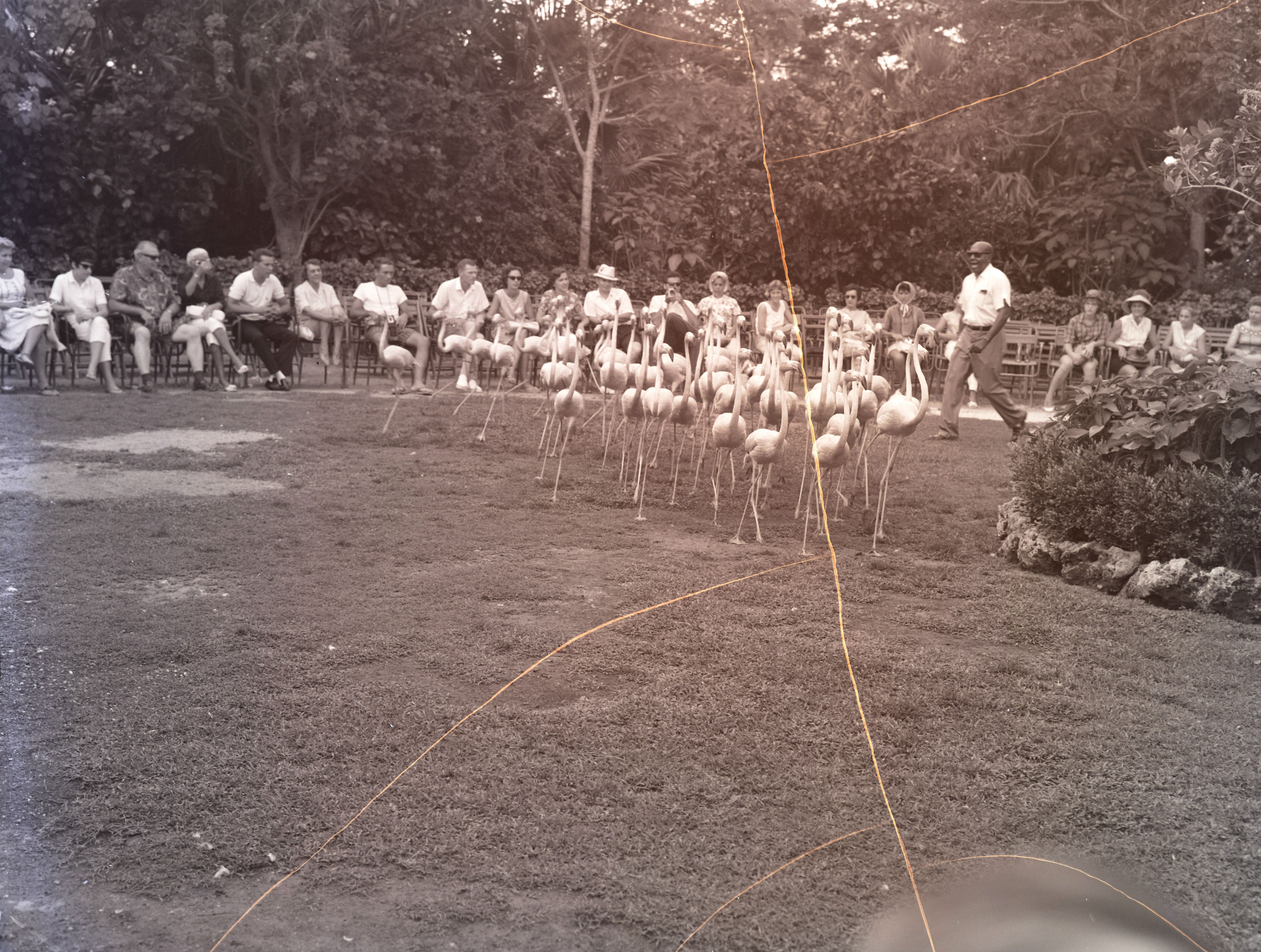Audio Version
Text Version
While digitising a box of photographs of Oxfordshire churches with fellow volunteer Muny, we found a wonderful wall painting in a Kersting print; a welcome surprise after the usual mix of white-walled naves and pillars.


In the Middle Ages, it was common practice to paint the walls of churches. Few people could read, so it was necessary to teach by using pictures. During the Reformation, these images were covered over as they were considered symbols of Popish idolatry.
The painting is on the wall which separates the nave from the chancel, and is an example of how certain images became assigned to specific positions in the church. One of the most common is Doom, or the Last Judgement. The symbolism explains the positioning of the Nave as representing the ‘Church militant’ and the chancel as the ‘Church Triumphant’, separated by the judgment before which all souls must pass.
The Last Judgment in South Leigh follows a traditional pattern. Two angels with trumpets are waking up the dead. On the left, an angel in white is calling to the saved, with a scroll above announcing ’Venite Benedicte Patris Mei’ (Come you blessed to my Father). They then move towards the north wall where (not visible in the photograph) St Peter awaits them at the gates of Heaven. On the right, the angel wears dark clothing and summons the damned, the scroll above saying ‘Discedite Maledicti’ (Depart you cursed). They are bound together with what looks like barbed wire and are being pushed towards the jaws of hell, which are just visible on the south wall.
The image is clearly designed to scare the wits out of the congregation:

Image courtesy of www.wasleys.org.uk
The original paintings were discovered in 1870, when the old layers of whitewash were removed after the new vicar, Gerard Moultie, decided the church needed restoration. The work was carried out for £85 by Messrs Burlison and Gryllis, a firm heavily influenced by William Morris. This is particularly evident where the originals were too faint to copy and were effectively replaced by 19th-century design, for example in the painting of flowers and birds beneath the Last Judgment.
The original artists were probably trained in monasteries. They were not necessarily monks, but young men who showed artistic ability and were trained in monastic scriptoria. There is also evidence of a growing number of itinerant painters who were associated with the Guilds of Painter-Stainers in London and other cities.
For a small village church, South Leigh has several associations with the famous. The ancestors of William Morris owned land there, and it is only 10 miles or so from Kelmscott Manor, Morris’s country house.
In 1725, John Wesley preached his first sermon from the pulpit (he returned in 1771 and was refused entry).
Between 1947 and 1949, the poet Dylan Thomas and his wife lived in the village and maintained an eccentric lifestyle. This was many years after he wrote ’It is the sinner’s dust tongued bell claps me to churches’, though it would be wonderful to imagine him seeing the Last Judgment through an alcoholic haze and wondering which way he would go.
John Ramsey
Courtauld Connects Digitisation Volunteer



















